Doubly charmed particle found at Geneva atom smasher
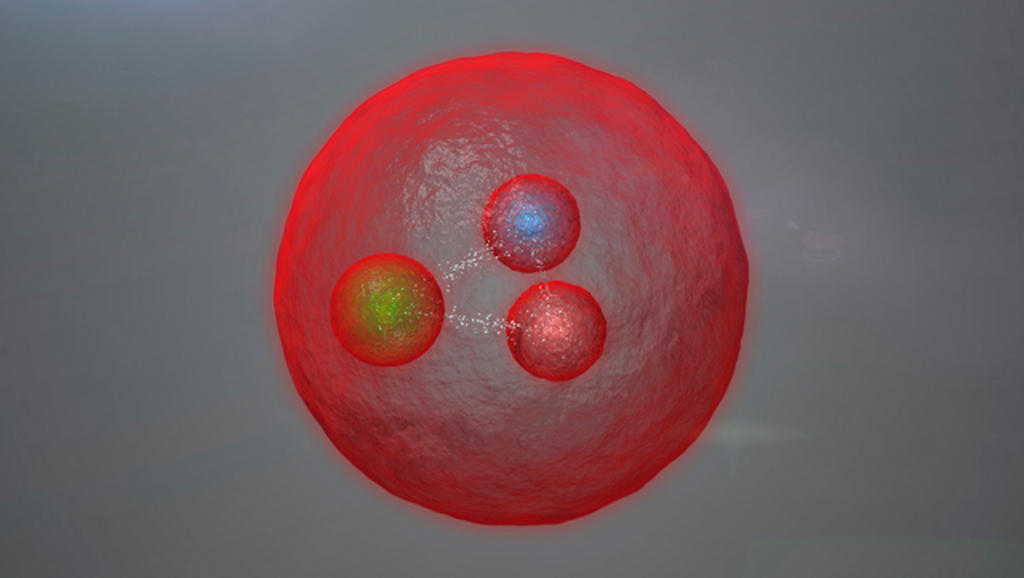
Scientists at CERN have discovered a doubly charming new subatomic particle, a discovery they say could add to our understanding of how matter sticks together.
The particle’s existence was announced on Thursday at a physics conference in Venice. Scientists at the European Organisation for Nuclear Research, known by its French acronym CERN, observed it using the atom-smashing Large Hadron Collider. It is a long-predicted baryon, a subatomic particle made of quarks.
The most common baryons are protons and neutrons. Quarks are smaller, and include two types that are light and relatively common, and four types that are heavier and more unusual.
Scientists have been deliberately creating high-energy collisions of protons in CERN’s 27-kilometre tunnel on the Swiss-French border near Geneva to see what they can discover about the makeup of the universe and its tiniest particles. The aim is to investigate dark matter, antimatter and the creation of the universe, which many theorize occurred in a massive explosion known as the Big Bang.
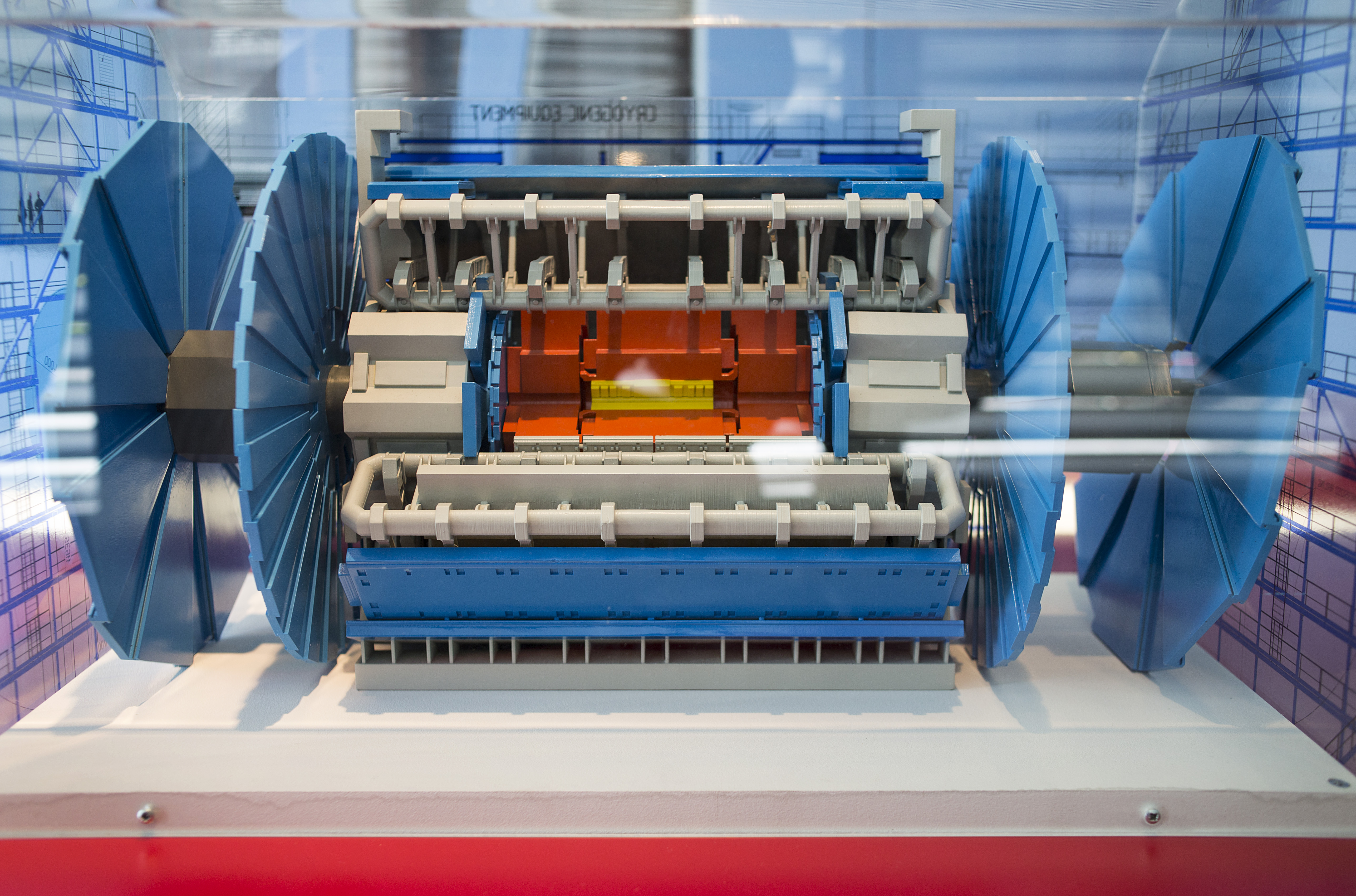
More
In the bowels of the monster
Those collisions created a baryon particle called Xi cc during just a fraction of a second, according to Oxford physicist Guy Wilkinson, who was part of the experiment. Baryons usually have just one heavy quark and two light ones, but this one has two heavy quarks, both called “charm”, and one lighter one.
“In contrast to other baryons, in which the three quarks perform an elaborate dance around each other, a doubly heavy baryon is expected to act like a planetary system, where the two heavy quarks play the role of stars orbiting one around the other, with the lighter quark orbiting around this binary system,” Wilkinson said in a statementExternal link.
The team has submitted its findings in a paperExternal link to the peer-reviewed journal Physical Review Letters.
Five years ago, CERN announced the discovery of the Higgs boson, a subatomic particle that had long been suspected and searched for and that helps explain why matter has mass, which combines with gravity to give an object weight.

More
What does CERN’s new particle accelerator do?

In compliance with the JTI standards
More: SWI swissinfo.ch certified by the Journalism Trust Initiative
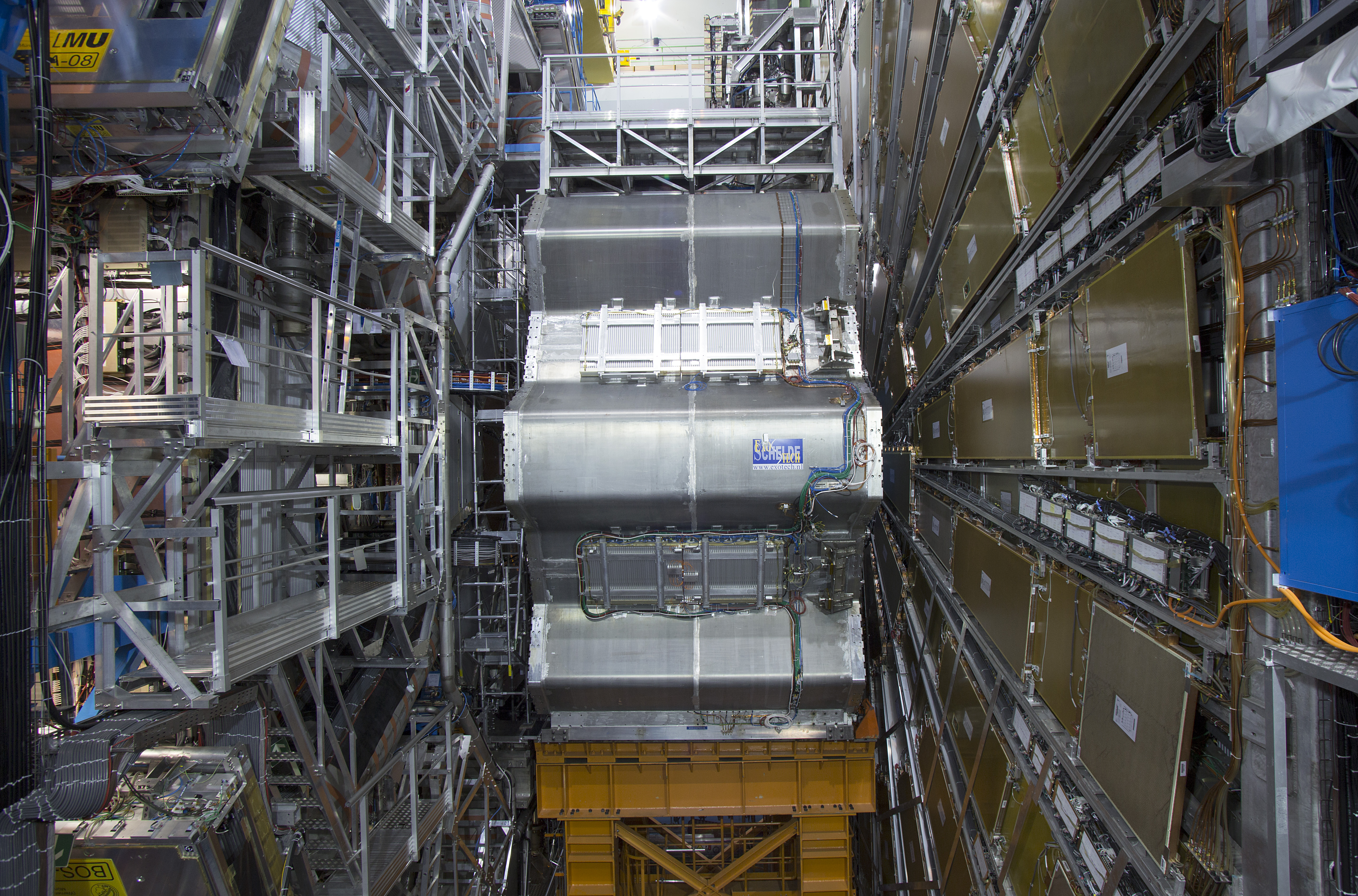
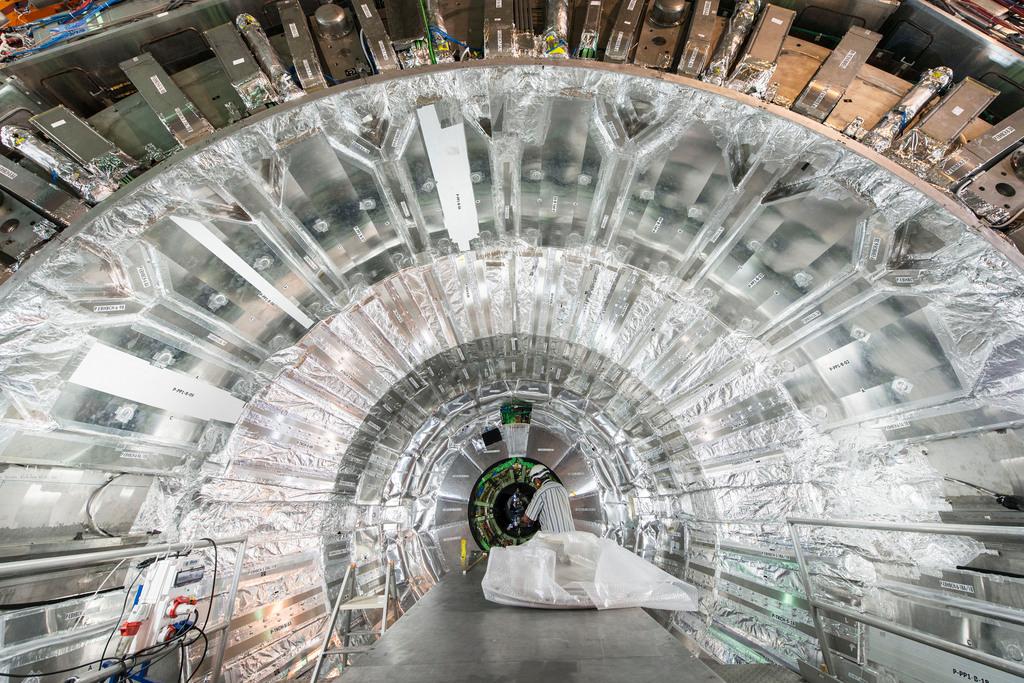
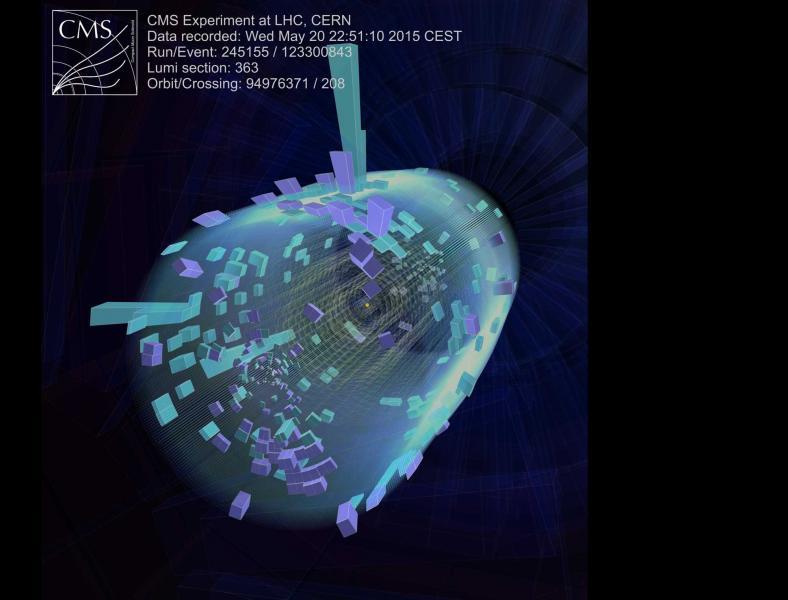
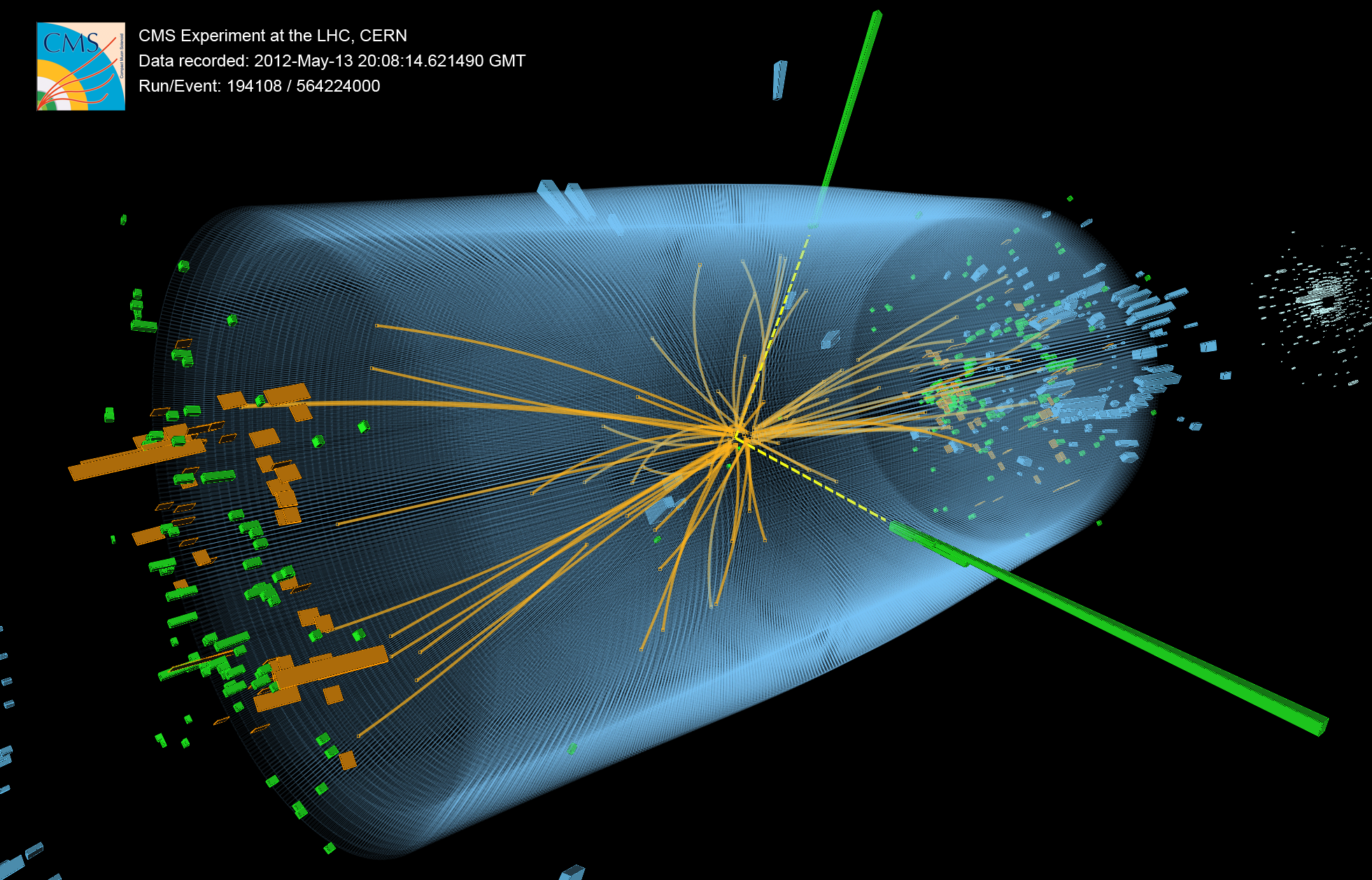
You can find an overview of ongoing debates with our journalists here. Please join us!
If you want to start a conversation about a topic raised in this article or want to report factual errors, email us at english@swissinfo.ch.